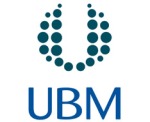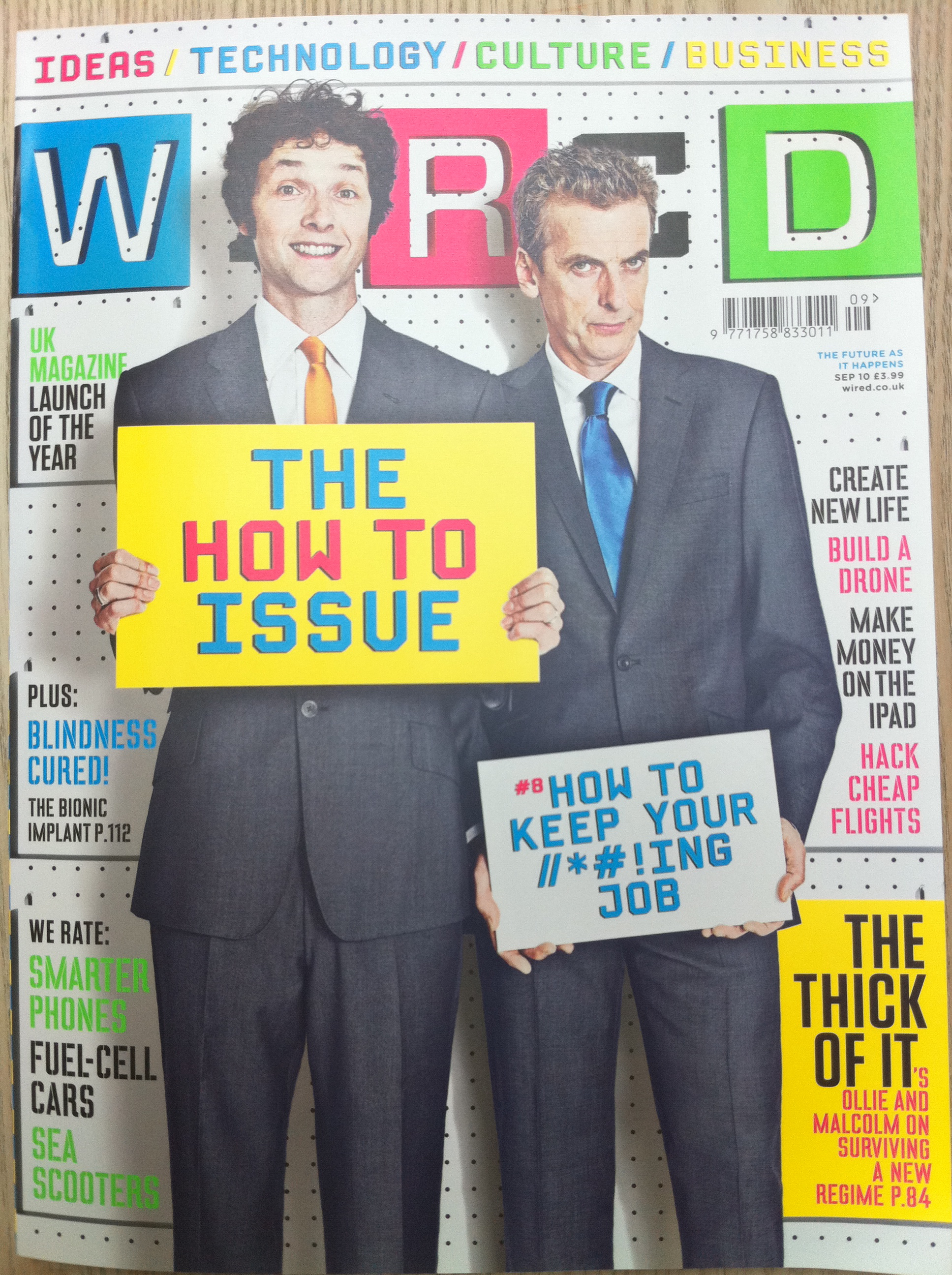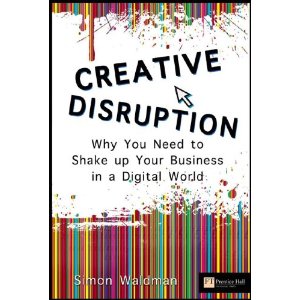This is the copy of an article published on Flashes & Flames – an industry website from Colin Morrison. It’s a subscription service which is well worth subscribing to if you are involved in the media and information industry.
Rory Brown was CEO and a co-founder of the UK-based AgriBriefing which was acquired by food price specialist Mintec last month, almost 13 years after being launched as MediaBriefing. The price was an estimated £275mn (c20x EBITDA).
A startup (with ex Reed and UBM executive Neil Thackray) had begun in 2010 as a publisher of media industry analysis and organiser of highly-rated digital conferences. It shifted into medical and agriculture publishing through the £10mn acquisition of Farmers Guardian and Pulse medical weekly from UBM. It quickly narrowed down into food-farming, principally in the UK. Then came the climb up the value chain with the acquisition of coveted Price Reporting Agencies (PRA), notably in France and the US.
In 2021, AgriBriefing sold its UK business including Farmers Guardian to Arc Media Holdings for £20.5mn (10 x EBITDA) in order to became a data business.
Along the way, it had been funded by three cycles of private equity investment, each of whose participants enjoyed the sharply rising price multiples for a company transformed from an advertising-funded B2B magazine publisher into a subscription-rich PRA.
To confirm the soaring values of PRAs – and the wisdom of AgriBriefing’s strategy navigation – a majority of Mintec itself was sold a year ago for an estimated enterprise value of £210mn – 16x revenue, 32x EBITDA. AgriBriefing’s own exit price is believed to have been 3x its last funding round in 2019.
Previously, Brown had been a marketing, research and managing director variously for Metal Bulletin, Middle East Economic Digest, Risk Waters and Incisive Media. He had graduated in geography from Newcastle University, in the UK.

What were your earliest ambitions?
To be honest, I cannot remember ever having any career ambitions. My father was managing director of a division of Tate & Lyle and disappeared to Africa for about four months of the year working on agricultural projects. My mother was a Russian-speaking spook at MI5 (Britain’s secret service) who also ran an antique stall on Portobello Road at weekends (almost certainly a cover). They were not around much and I had to be very independent from an early age, but the world of work was not on my radar, and I had no concept of ever ‘wanting to be something’ when I grew up.
What, when and how was your first job in media?
My first job in media was as a marketing assistant at what was then an obscure company called Metal Bulletin. When I joined, it was a relatively small, privately-owned twice-weekly magazine publisher of metals and steel prices. It was not glamorous in any way. But, to my friends, I traded on the fact that I worked in ‘marketing’ for a ‘media’ company. During the 10 years I was there, the company listed on the London Stock Exchange and expanded rapidly. We bought a series of companies around the world, expanding further into the financial sector with the first database of hedge fund performance, and my share options soared in value as the business became a stock market darling.
I became fascinated not only with the job at hand but the whole business of B2B media and information. I learned from some great people – Di Little (who first took a chance on me), Tom Hempenstall the CEO and Phil Baker who joined as Marketing Director. I met my wife, Sarah, there and made some lifelong friends. But I was more interested in my social life than my career. My 20s are ‘a bit of a blur’ but, somehow, I kept on being given more responsibility. I became a half-decent copywriter, had my first exposure to management and grew my skills as a commercially-focused marketer.
In the mid-1990s, I was heavily involved in the first wave of B2B websites. It was an energising time, full of promise & entrepreneurial ideas. I would scour the annual reports and strategy presentations of the major publishers for tips and insight. I also became heavily involved with one of the industry trade associations – learning business models and techniques that worked for specialist/niche subscription publishers in the US and around the world.
Like everyone else at the time, I had my own naïve plans to launch an internet business fuelled by seeing the purchase of digital start-ups at Metal Bulletin (and the valuations they commanded). Unfortunately, someone else had the same idea and executed it much better.
What were your highlights before launching Briefing Media?
After leaving Metal Bulletin, I spent seven months at Middle East Economic Digest (MEED), then published by EMAP Plc, working on subs and digital development before joining Risk Waters – a specialist group for the risk management and fintech sector – as marketing director. Suddenly I was responsible for a global team of 70 product and events marketers with a large direct telesales team. I was in my early 30s and realised that I had developed a half decent career despite ‘dicking around’ for a decade. What would happen if I really went for it? How far could I go?
At Risk, I fundamentally restructured the department, built a great team of senior managers and put marketing firmly at the centre of the commercial activities for the group. We were winning but also dealt with a lot – including the aftermath of the 9/11 terror attacks (Risk Waters was holding a conference on the top floor of the North Tower of the World Trade Center on that fateful day).
Despite the challenges, the business grew strongly through the dotcom bust and ended up being acquired by Incisive Media in 2003. I became marketing director for the combined group – and the real fun began. Incisive Media had a very different culture from the other places I had worked. Tim Weller, the founder, was /is a maverick. A wheeler dealer investment banker in disguise as a publishing CEO. He explained over lunch the strategy of the group. What he was trying to build and how. I’m not sure I understood most of it but I was sold, nonetheless.
Incisive was on a real growth spurt and I started becoming involved in diligence projects for acquisitions. In 2005, we bought a business in the US called Search Engine Strategies. It had a very different business model, with highly trafficked and optimised websites supporting multi-million-dollar confexes for anyone who was trying to understand the opportunities to promote their businesses via search engines. We would host many thousands of search engine marketers at events in Silicon Valley, Chicago, New York, across Europe and in China. Google was starting to challenge Yahoo for search dominance, and they were desperately trying to out-promote each other and win share.
Because I was the most senior marketer at Incisive, they asked me to integrate the operations and then to run the business full time. It was stressful. I was effectively commuting back and forth across the Atlantic for 2½ years, but I learned so much. It felt like doing an accelerated MBA on the job. I was exposed to a new world and met some great and really interesting people along the way.
How did you become an entrepreneur?
During this period, I felt I was getting an exclusive insight into a different B2B media model. One with digital communities at its heart. I began thinking about how I could build my own business and started a personal blog talking about the opportunities I saw. By then Incisive was backed by Apax and had bought the UK operations of VNU. I was given what was known as the information division to run. We organised the Online Information Show and I set up a new event called the ePublishing Innovation Forum in 2007 looking at different models for digital media.
The entrepreneurial flame was alight but, as is often the case, it took an external event to push me over the line. The financial crisis of 2008 hit Incisive hard, and I was made redundant. It is never nice to be told your job is disappearing. But, in many ways, I was delighted. Here was a lump of seed money and the chance to put some ideas into practice.
I initially looked at several ‘old media’ properties to buy and built a decent network in the corporate finance industry with brokers and bankers. During this time, I came across a kindred spirit, Neil Thackray, and we decided to try something new together. We launched a site called TheMediaBriefing with a plan to build up a series of digital communities using semantic search/natural language processing to scale without the cost base of traditional media. We did OK as a ‘kitchen table start up’ launching events, research reports and awards to the community we had built but soon realised that we needed to scale faster. It was taking too long.
In 2012, an old discussion with UBM about buying some of their traditional trade assets came to fruition and we acquired Farmers Guardian and Pulse (a magazine for medical doctors) with the backing of a small private equity firm. Rupert Levy joined as our CFO and we now had the scale and the team required. A customer base and a decent margin to play with. We set about a reinvention of the business.
When did you realise your company would be successful?
That initial period was intense but great fun. Nothing was scary but it was very hard work. The challenge was not only about adapting business models but also changing the mindset of our great teams. Re-programming them. We explained that their job was no longer to produce a magazine but rather to ‘help their communities do their jobs better’. Publishing a print title might be part of that offering but it was not the end of the task.
This opened a whole load of new possibilities. We launched data services, digital tools, events and a membership proposition. We bought a small tradeshow called LAMMA and an agri-commodity newswire. Doubling the profits of what had already been a high-margin business along the way. We felt we had succeeded; the business had a sense of purpose and energy again and it culminated in us delivering nearly 4x money to our original investors in a secondary deal. After just three years.
The question then was ‘what’s next?’
How easy was it to develop the Price Reporting Agencies?
By that time, we had decided to concentrate on just one market – agriculture. We sold Pulse and our media strategy events.We discussed with our new investors the opportunity to internationalise and to move away from just a focus on farmers, further up and down the supply chain for agriculture.
A business based in France (Feedinfo) came up for sale that had a focus on spot pricing for nutritional additives for animal feed. It was a $20bn traded market but was very opaque with only Feedinfo providing any transparency for the markets. This felt very much like my time at Metal Bulletin, I could see the opportunities and we bought it. This was the big turning point and the start of the evolution of the company into a PRA (Price Reporting Agency). We re-branded as AgriBriefing (deliberately removing the word media from our name).
Feedinfo flew. We set about professionalising the business – appropriate technology, product and sales teams, internationalisation… We quickly doubled the size of it, rapidly expanding the commodities covered and launching an global conference series for leaders in the industry. It was great and a lot easier to forecast and manage than an ad supported business. We wanted more…
In all other commodity sectors, there were large, established PRA’s – Argus, S&P, FastMarkets, ICIS etc. In the agri-food sector, there wasn’t a real leader and that was clearly a huge opportunity.
With the help of our investors and a strategy consultancy we spent the next 12 months mapping the world for other companies we could add to the group, knocking on doors and telling our story. This led to the acquisition of Urner Barry, a family-owned protein pricing business in North America with 160 years of data covering nearly 4,000 proprietary prices for red meat, poultry, eggs and seafood. Again, this was a great business that just needed an external impetus to realise its potential. The focus of AgriBriefing was changing, and the pricing segment was becoming dominant with high-value, enterprise subscriptions now our main revenue source.
What did it feel like to sell the UK business?
In 2019, we went to market again to change investors. It was clear during that process that, while all our activities were in the agribusiness space, we were effectively running two very different businesses. The UK media and events side, centred on Farmers Guardian and LAMMA (an ag machinery and services exhibition at the NEC), was great and still very profitable but we were starting to have to make excuses for it. It dragged our valuation down. The investor community were much more excited about the dynamics of our price reporting assets. We knew that the next time around we had to simplify the story.
Covid then ‘got in the way a bit’, but we continued to acquire – with Stratégie Grains joining the group in 2021. That was just before we started a process to sell our UK business, concluding a deal with Simon Foster’s Arc Network in the summer of that year.
It was clearly the right thing do but, nevertheless, it was very hard to say goodbye to the team who had helped us build the company.
Farmers Guardian has been around for over 170 years. I like to think that our 10-year period in charge fundamentally reinvigorated it and kept it relevant. But I am very conscious that we are only ever temporary custodians of some of these great brands.
What’s your advice to anyone contemplating a pe-backed startup?
I have worked in private equity-backed media/information businesses for the past 15 years and have found it the most creative and fulfilling environment of my career. Even when it went wrong at Incisive Media!
The most important thing is to start from the right place. You must have a robust platform (either launched or acquired) upon which to grow. You also must pick the right partner for the stage of the journey you are at. The advice I would give anyone contemplating a pe-backed business is to start with the end in mind. Have a clear vision of what you are trying to build, simplify it into a few bullet points and try not to get distracted from that mission. It’s OK for your strategy to evolve and adapt, but you must have a core belief to which you stay true – your north star.
Understand what drives value. Why is £1 of advertising revenue worth so much less than £1 of enterprise subscription revenue? How can you take something and not just grow the business but also benefit from some form of multiple arbitrage? What can you do at pace and where is the best return for your effort. What are the KPI’s you need to measure – is there a ‘hero metric’ that can cut out some of the noise? Are there any companies you could buy to accelerate your progress? Have you picked a sector with resilience because the economic environment will inevitably change during your ownership period?
Which companies do you most admire?
In listed media, I admire what Duncan Painter has done at Ascential, what Zillah Byng-Thorne has done with Future and what Mike Danson is building at Global Data. I appreciate brave transformation and reinvention – especially when carried out under the glare of regular public reporting.
But, above all, I applaud every single one of the specialist media, data and information services businesses that most have never heard of, but which command hugely-important positions in the industries they serve. These are my people.
Outside of media, there are a few obvious ones, the FAANGs of this world who have created new categories or radically simplified things that used to be difficult. However, it is the curse of several of these businesses that they start to be seen as evil as they scale and abuse their power (directly or indirectly) in the market.
What are the best lessons you have learned?
- Always start with putting the customer at the centre of what you do. How can you help them, entertain them, educate them, solve a problem, make them more money, save them time etc. Research directly with them, spend a day in their shoes, ask for feedback constantly. If you start from there, you will find a way to build a profitable business.
- There’s riches in the niches (said in an American accent).
- Work at pace, build a great team around you and network like crazy in your industry and further afield – every meeting and connection will pay back in ways you often couldn’t anticipate at the time.
- In subscriptions, you only ever make money from renewals. Retention is everything.
- Do your diligence properly – on the business, acquisitions, partners, investors and product launches. Don’t be afraid to spend money to buy in the right external expertise that can speed up your journey, but also put in the time yourself.
- Deliver your numbers, everything is a lot easier if you do.
- Don’t work with clones of you. But do choose to work with people you respect and want to be around. Build the right culture.
- Anticipate problems and be open about them early. No one (especially investors) like surprises but generally people love and feel flattered about being asked for their ideas to help fix things.
The final bit of advice I would give is that, if you fancy an entrepreneurial journey, try to start early. Time is precious. Youth might be wasted on the young, but experience is also wasted on the old…
What’s next?
In January this year, shortly after making our sixth acquisition (Tropical Research Services) we announced the sale of AgriBriefing to Mintec.
Over the course of a decade, AgriBriefing had built a company over 20x the size of our original investment. And what a ride it has been, transforming a sleepy traditional media business into a fast-growth and dynamic global price reporting agency. The combined Mintec-AgriBriefing company becomes by far and away the largest PRA focused on the agri-food sector globally and it is a deal which is much more than the sum of its parts.
This is a fantastic combination for our customers, staff and investors but I will shortly be stepping back from an executive role in the company.
I firmly believe the combined business is on track to be a multi-billion-dollar enterprise in the very near future. I plan to remain involved both as an investor and in an advisory role on the other side. However, for the first time in the last decade I have been able to lift my head a bit and consider what comes next.
Several people I respect have suggested taking some time out, but I am already getting itchy feet. I get my kicks from working and from new challenges. I like getting my hands dirty and it is all about the intellectual challenge of learning something new. I am lucky to have always been a generalist. My world is specialist media, data, information and subscriptions rather than any particular end-user market and I cannot wait to get involved again.
So, lots of meetings, lunches, dinners, drinks and possible projects to discuss.
I’m excited for what’s next.











![Reblog this post [with Zemanta]](https://i0.wp.com/img.zemanta.com/reblog_e.png)
